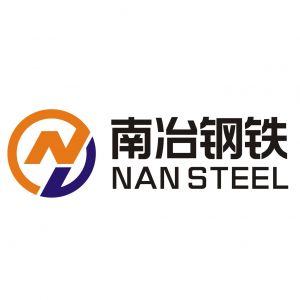Finished product inspection characteristics of ERW steel pipePosted by chase Liu on June 13th, 2023 "ERW pipe" is a straight seam electric resistance welded pipe, which is used to transport vapor and liquid objects such as oil and natural gas, such as: octg casing, which can meet various requirements of high and low pressure, and occupies a pivotal position in the field of transportation pipes in the world. When it comes to the finished product inspection characteristics of Electric Resistance Welded (ERW) steel pipes, several important aspects are typically examined to ensure the quality and compliance of the pipes. Here are some common inspection characteristics for ERW steel pipes: 1.Dimensions: The dimensions of the ERW steel pipes, including outer diameter, wall thickness, and length, are checked against the specified requirements. This ensures that the pipes meet the dimensional tolerances and specifications outlined by industry standards or customer requirements. 2.Surface Quality: The surface of ERW steel pipes is visually inspected to assess its quality. The pipes should be free from defects such as cracks, pitting, dents, scratches, or other surface imperfections that could affect the integrity or performance of the pipes. 3.Weld Seam Quality: ERW pipes are created by welding the longitudinal seam of a steel strip. The quality of the weld seam is critically important, and it is inspected for defects such as lack of fusion, incomplete penetration, undercutting, or excessive flash. Proper weld seam quality ensures the structural integrity and leak-free performance of the pipes. 4.Mechanical Properties: Various mechanical tests are performed on the finished ERW pipes to evaluate their strength, toughness, and ductility. These tests may include tensile strength, yield strength, elongation, impact resistance, and hardness measurements. The results are compared against the specified requirements to ensure the pipes meet the necessary mechanical properties. 5.Chemical Composition: Chemical analysis is conducted to determine the composition of the steel used in the ERW pipes. This analysis verifies that the chemical composition aligns with the required standards and specifications, ensuring the desired material properties. 6.Non-Destructive Testing (NDT): Non-destructive testing methods, such as ultrasonic testing (UT) or eddy current testing (ECT), are often employed to detect internal or surface defects that may not be visible to the naked eye. These tests can identify issues like wall thickness variations, cracks, or inclusions that could impact the integrity of the pipes. 7.Hydrostatic Testing: ERW steel pipes may undergo hydrostatic testing, where they are filled with water or another suitable fluid and pressurized to check for leaks or structural weaknesses. This test ensures the pipes can withstand the intended pressure requirements without failure. It's important to note that the specific inspection characteristics and methods may vary depending on industry standards, project requirements, and the intended application of the ERW steel pipes. Manufacturers and inspectors adhere to the relevant standards and specifications to ensure the quality and reliability of the finished product. Tips: The biggest difference between ERW steel pipe and seamless pipe is that ERW has a weld seam, which is also the key to the quality of ERW steel pipe. Modern ERW steel pipe production technology and equipment, due to the unremitting efforts of the world, especially the United States, have made the seamlessness of ERW steel pipes a relatively satisfactory solution. Like it? Share it!More by this author |


